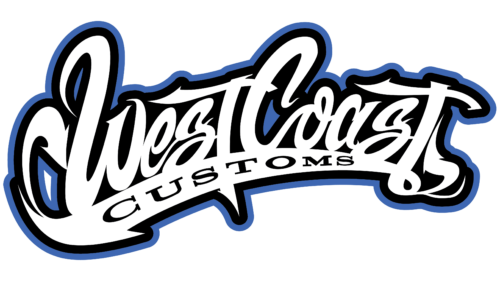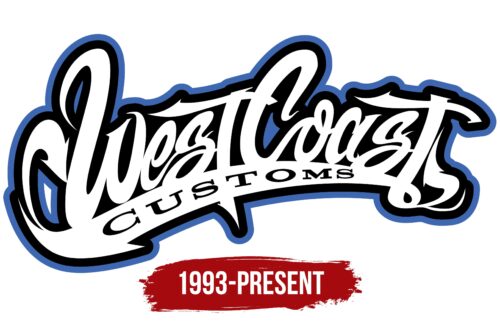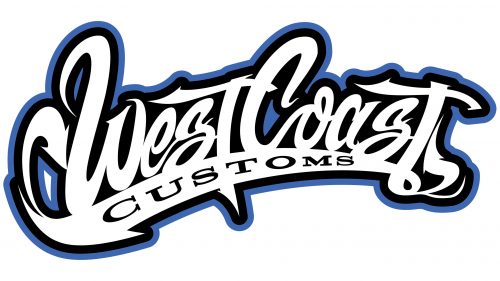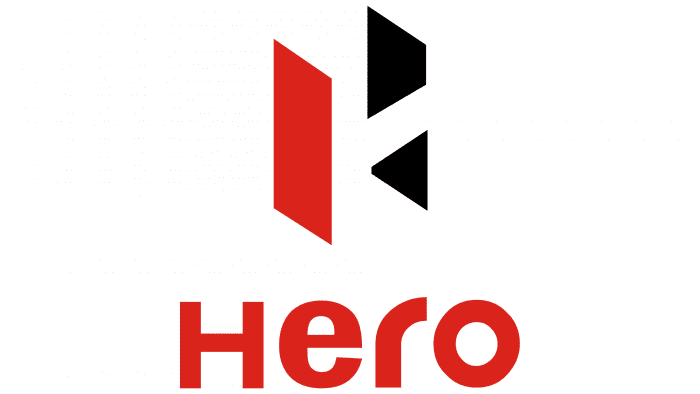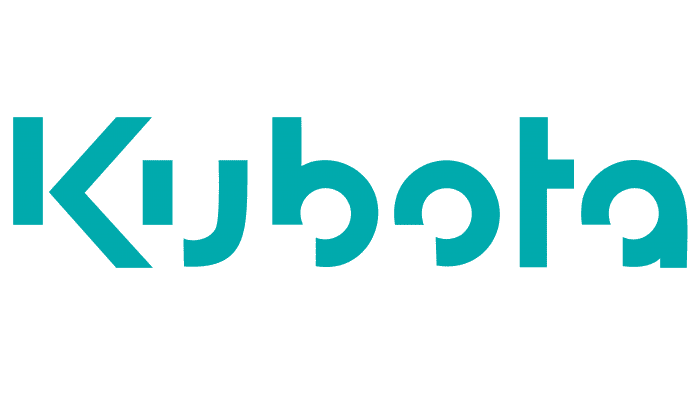The West Coast Customs logo reflects the high craftsmanship in car tuning that the company has specialized in since its inception. The visual style has remained consistent from its early days in a garage. Preserving its “face” and demonstrating exceptional skill have helped it become a trendy tuning center.
West Coast Customs: Brand overview
West Coast Customs’ history began in 1993 when Ryan Friedlinghaus, a young car culture enthusiast, opened a small car customization workshop in Los Angeles, California. At just 18 years old, Friedlinghaus started his business with a small garage, $5,000 in startup capital, and a huge passion for cars.
The company’s early years were challenging. Friedlinghaus and his small team worked on various projects, from simple modifications to more complex custom work. Their unique style and attention to detail gradually attracted more clients, including those from the entertainment and sports industries.
By the late 1990s, the business’s reputation began to grow. The company became known for its bold design solutions and high-quality work, drawing the attention of many celebrities who sought the workshop to customize their vehicles.
2003 was a turning point in the history of the business. The company received an offer to participate in a new MTV reality show called “Pimp My Ride.” This show, where old, worn-out cars were transformed into unique automotive masterpieces, instantly became a hit. The workshop was at the center of attention, showcasing its skills and creativity to millions of viewers worldwide.
Participation in “Pimp My Ride” significantly increased the brand’s recognition. The company became synonymous with extreme car customization, and Ryan Friedlinghaus became a celebrity in car tuning.
In 2007, after four seasons of “Pimp My Ride,” the company decided not to renew its contract with MTV. Instead, they launched their show, “Street Customs,” on the TLC channel. This show allowed the business to showcase a more realistic car customization process and demonstrate its capabilities with high-end vehicles.
2008, the company expanded its business by opening a branch in Dubai, UAE. This strategic move aimed at tapping into the wealthy Middle Eastern market known for its love of luxury and unique cars.
2010 marked the relocation of the main workshop to a new, larger facility in Corona, California. This move allowed the company to increase its production capacity and take on even more ambitious projects.
In 2011, the business partnered with Microsoft to create a unique “Microsoft-mobile” equipped with advanced technologies. This project demonstrated the company’s ability to combine automotive design with innovative technology.
2013 saw the launch of a new TV show, “West Coast Customs,” on the Fox Sports channel. This show gave viewers an even deeper look into the company’s work, showcasing the car customization process and the business side of the operation.
In 2015, the company expanded its business by launching a clothing and accessories line. This allowed brand fans to embrace the customization culture without owning a unique car.
2017 marked the opening of the West Coast Customs Academy, an educational center where car enthusiasts could learn the basics of customization from the company’s professionals. This was important in passing on years of knowledge and experience to a new generation of enthusiasts.
In 2018, the company celebrated its 25th anniversary, confirming its status as one of the most influential companies in the world of car customization.
Collaborations with major car manufacturers were highlighted in 2019. The business created several concept cars for various auto shows, showcasing its ability to work on individual projects and large-scale corporate orders.
In 2020 and 2021, despite global challenges, the company continued to work on innovative projects, including electrifying classic cars and integrating advanced technologies into custom projects.
Throughout its history, the company has maintained its unique approach to car customization, combining classic techniques with modern technologies. The business continues to be at the forefront of car culture, constantly pushing the boundaries of what is possible in car customization.
Meaning and History
What is West Coast Customs?
This famous American car tuning company specializes in producing exclusive, expensive cars for athletes, celebrities, and car enthusiasts. It is known for its creative designs, meticulous attention to detail, and ability to transform ordinary cars into unique works of art. The company provides a full range of customization, paint, interior upgrades, body modification, and performance enhancement services. It is known worldwide thanks to its participation in numerous television programs and partnerships with other famous companies and people.
1993 – today
The company challenges accepted standards daily, offering clients unique looks for their vehicles. It enhances the machinery and turns it into works of art—masterpieces of industrial design. This principle is reflected in the style of the West Coast Customs logo because it is:
- Creative
- Unique
- Elegant
- Extravagant
- Eclectic
- Youthful
Overall, the emblem resembles graffiti, embodying a spirit of rebellion and a touch of romance. Its eclectic nature combines incompatible elements within one image, blending elegance in the upper text and pragmatism in the lower text.
The phrase “West Coast” is written in a vertical, script font without slant: the letters stand upright and feature numerous curves, swirls, and smooth, rounded shapes. All the glyphs are soft and streamlined, yet they include sharp points, most notably at the ends of the main lines. Additionally, spikes appear in the makeshift arrows, replacing the top crossbar of the “t.”
In contrast, the word “Customs” is businesslike, strict, and modern, with no hint of a retro era. The focus is on clear strokes, straight lines, and standard serifs in the form of small stripes extending from the edges. The font is semi-bold, geometric, and antique, characterized by restrained elegance.
This approach to visual identity demonstrates that the company handles both vintage hot rods and modern vehicles with exclusive designs. It possesses the necessary craftsmanship, excellent taste, and know-how in the tuning field.
The logo is enclosed in a double frame that follows the contours of the text. White letters are outlined with a black stripe, which is further bordered by a blue line. This color combination signifies a drive for development, enhancement of creative abilities, nobility, purity of intentions, advanced technology, professionalism, business acumen, and determination.
